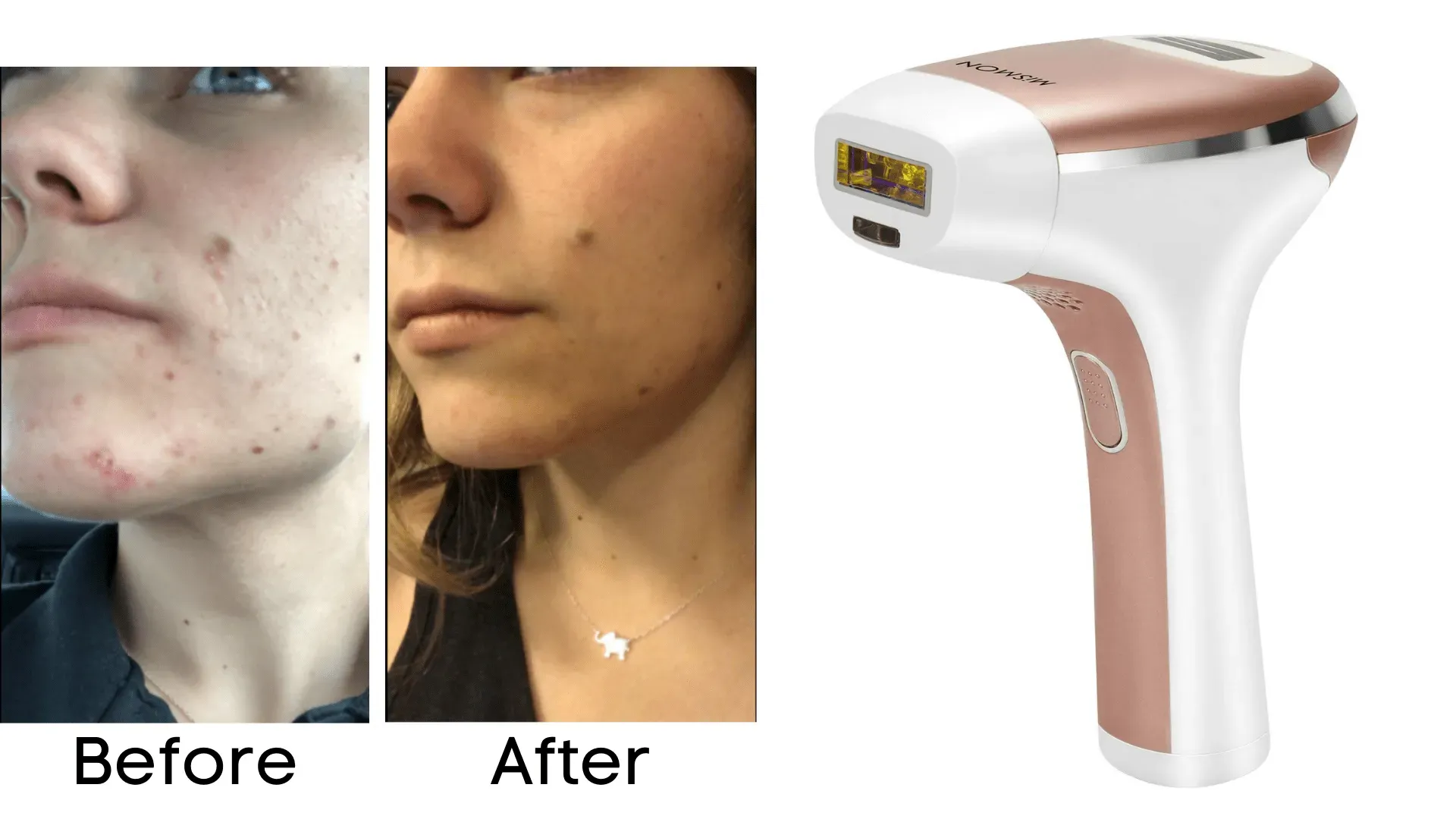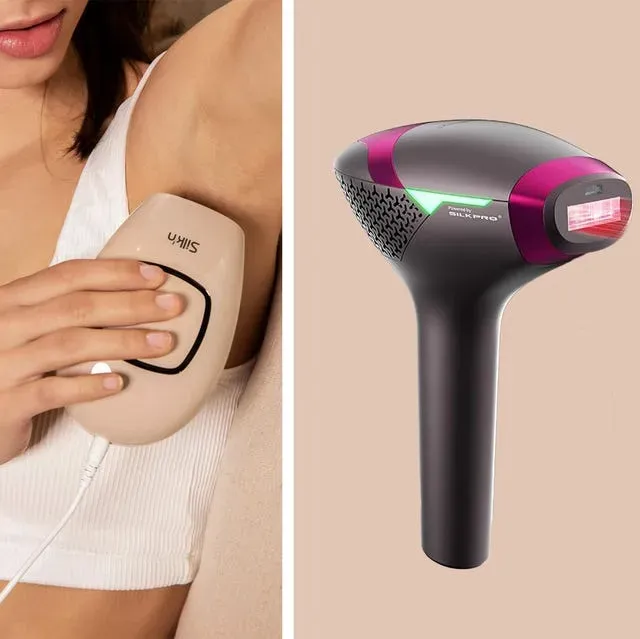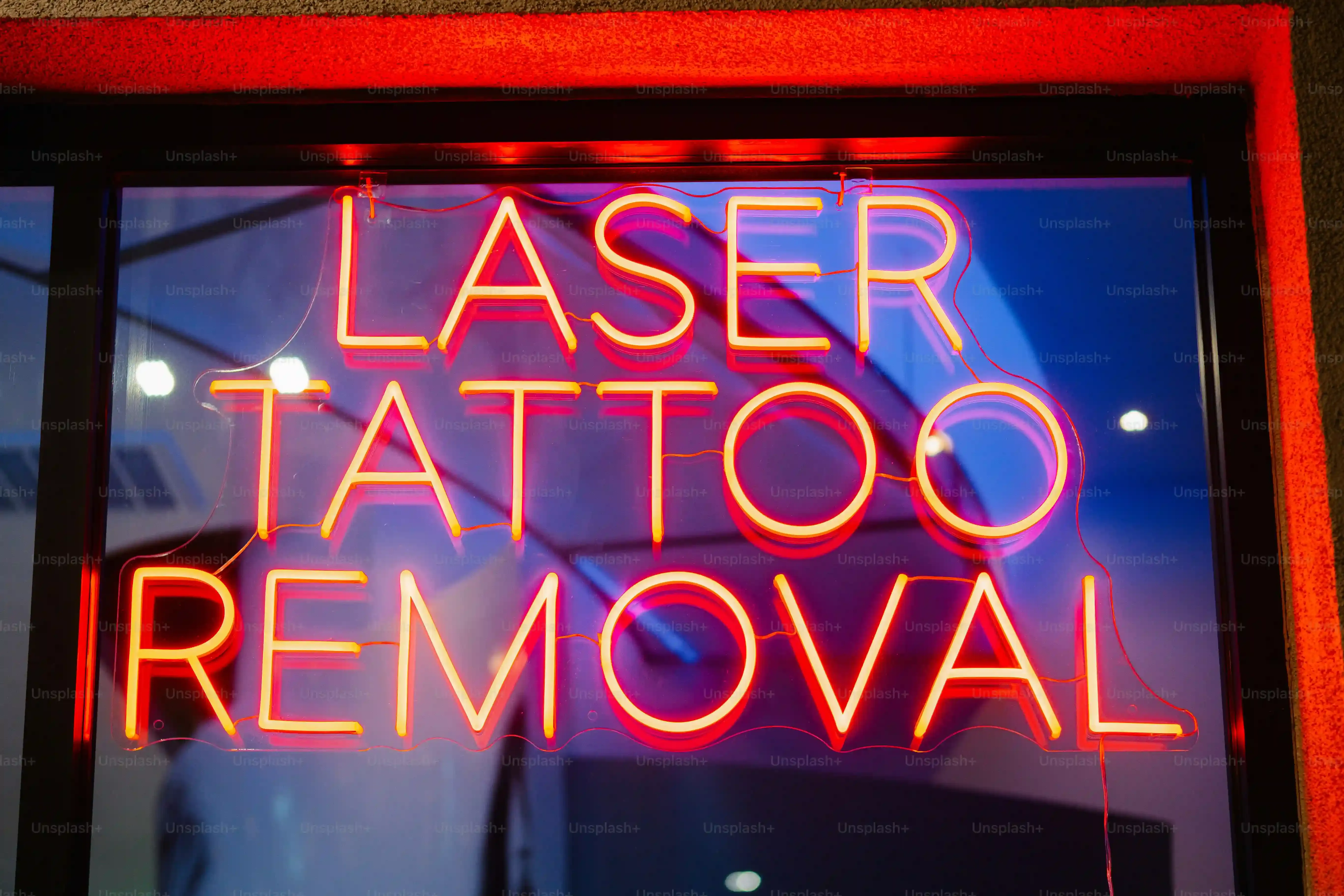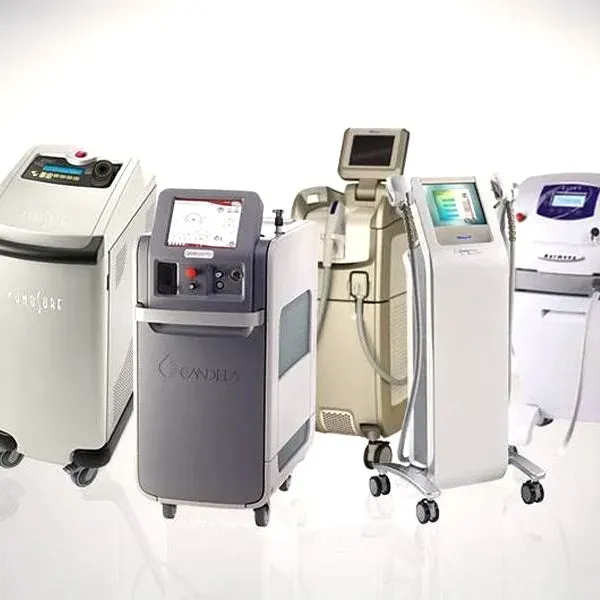Table of Contents
Tired of the endless cycle of shaving, waxing, or plucking? You know the drill: smooth for a day, maybe two if you're lucky, then the stubble creeps back. It's a chore, frankly, and a painful one sometimes. You've probably dreamed of a more lasting solution, something that doesn't involve booking expensive salon appointments that eat into your budget and schedule.
What "Permanent" Really Means for AtHome Laser Hair Removal Machines

What "Permanent" Really Means for AtHome Laser Hair Removal Machines
Ditching the Dream of Zero Hair Forever
Let's get one thing straight right from the start: when brands talk about "permanent" hair removal, especially with at-home devices, they aren't promising a future where not a single hair ever dares to sprout again. The term is often used loosely, bordering on misleading for the average consumer. You see the word "permanent" and picture baby-smooth skin for the rest of your days, no effort required. The reality is a bit more nuanced, and frankly, less absolute. It's more about significant, long-term reduction rather than total eradication.
Understanding "Permanent Hair Reduction"
The technical term the pros use is "permanent hair reduction." This means a sustained reduction in the amount of hair growing in a treated area, typically measured after a course of treatments. The hair that does grow back is usually finer, lighter, and less dense. Think of it as thinning the forest considerably, not clear-cutting it entirely. At-home laser and IPL machines work by targeting the pigment in the hair follicle with light energy. This energy converts to heat, damaging the follicle and inhibiting future growth. But follicles can be stubborn, and some might only be stunned, not completely destroyed.
So, while you might see dramatic results and go weeks or months without needing to shave, the occasional session to zap stray hairs is often necessary. It's less about a one-and-done miracle and more about a commitment to regular maintenance to keep that smooth feeling going. Anyone selling you a device claiming it will make you hairless forever with zero follow-up is selling you a fantasy.
- Permanent hair removal usually means permanent *reduction*.
- Expect fewer, finer hairs, not necessarily zero hairs.
- Maintenance treatments are typically needed.
- Results vary greatly from person to person.
Why "Permanent" Isn't a Guarantee for Everyone
The effectiveness of these devices, and thus how "permanent" your results feel, depends heavily on several factors. Your skin tone and hair color are the big ones – the technology works best on lighter skin and darker hair because there's more contrast for the light to target. Hormonal changes, genetics, and even the specific area you're treating can influence how well the hair responds. Some people see fantastic, long-lasting results, while others might find it requires more frequent touch-ups. It's not a one-size-fits-all situation, and managing expectations is key before you invest in what you hope is the *best permanent laser hair removal machine* for you.
Selecting the Best Permanent Laser Hair Removal Machine for Your Skin and Hair

Selecting the Best Permanent Laser Hair Removal Machine for Your Skin and Hair
Knowing Your Skin Tone and Hair Color is Non-Negotiable
Alright, so you've accepted that "permanent" means "significant reduction," not "poof, it's gone forever." Now comes the tricky part: actually picking a machine. This isn't like buying a toaster where any model will probably burn your bread just fine. Your skin tone and hair color are the absolute foundation of whether an at-home device will work for you, or worse, cause you problems. Most laser and IPL devices target the pigment (melanin) in the hair. This works best when there's a strong contrast – dark hair on light skin. If you have dark skin, devices that use traditional IPL or certain types of laser can actually target the melanin in your skin instead of the hair, leading to burns, hyperpigmentation, or scarring. Not exactly the smooth outcome you were hoping for.
Manufacturers use the Fitzpatrick scale, a classification system for skin color, to indicate which skin tones are safe for their device. You absolutely *must* check this compatibility chart before buying anything. Don't guess. Don't think, "Oh, I'm probably light enough." Look at the chart, compare it to your skin, and be brutally honest. This single step is the most critical in selecting the best permanent laser hair removal machine for *you* and avoiding a painful, expensive mistake. Ignore it at your own peril.
Checking Device Specs and Real-World Results
Once you know the device is safe for your skin tone, you need to dig a little deeper into the specs. Look at the energy levels the device offers (usually measured in joules). Higher energy can mean more effective treatment, but it also requires more caution. Check the treatment window size – a larger window covers more area faster, great for legs, but maybe too big for smaller, trickier spots like the upper lip. Consider the pulse rate or treatment speed. Some devices require holding a button down and moving it slowly, while others flash automatically when placed on the skin, which can speed things up significantly. Also, read reviews, but be discerning. Look for reviews from people with similar skin and hair types to yours. Are they talking about actual reduction, or just temporary smoothness? Are they mentioning pain or skin reactions? Real user experiences, not just marketing hype, will give you the clearest picture of a device's potential.
- Always check skin tone compatibility using the Fitzpatrick scale.
- Darker skin tones require specific device types (like certain diode lasers or advanced IPL with sensors).
- Look for energy levels (joules) and treatment window size.
- Consider treatment speed and ease of use.
- Prioritize real user reviews, especially from people with similar characteristics.
Comparing Features: IPL vs. Diode Laser Hair Removal Machines

Comparing Features: IPL vs. Diode Laser Hair Removal Machines
IPL vs. Laser: What's the Real Difference?
so you've narrowed down the possibilities based on your skin tone and hair color. Now you're faced with another fork in the road: IPL or Laser? It sounds technical, but the core difference is pretty simple. Think of IPL (Intense Pulsed Light) like a flashbulb camera – it emits a broad spectrum of light wavelengths, like a scattershot approach, hitting multiple targets at once. This makes it generally faster for larger areas, and often less intense than traditional lasers, which can translate to less discomfort for some people. Laser devices, on the other hand, use a single, focused wavelength of light, like a laser pointer beam, precisely targeting the melanin in the hair follicle. This focused energy can be more effective at damaging the follicle, potentially leading to better long-term reduction, but it also means it's even more critical that the device is suitable for your specific skin tone to avoid hitting the skin pigment instead of the hair pigment.
Neither technology is inherently "better" across the board. It truly depends on your individual characteristics and what you prioritize – speed and comfort (often IPL) versus potentially more targeted treatment (often laser, specifically diode lasers for home use). Understanding this distinction is key when you're trying to figure out which technology powers the *best permanent laser hair removal machine* for your needs.
Feature | IPL (Intense Pulsed Light) | Diode Laser |
|---|---|---|
Light Type | Broad spectrum light (multiple wavelengths) | Single, focused wavelength light |
Targeting | Less precise, scatters energy | More precise, targets melanin directly |
Skin Tone Suitability | Generally best for light to medium skin tones (requires strong contrast) | Specific devices available for a wider range of skin tones, but requires careful checking (especially on darker skin) |
Treatment Area | Often larger window, faster for big areas | Smaller spot size, more precise for small areas, can be slower for large areas |
Intensity/Comfort | Often perceived as less intense flashes | Can be more intense/feel like a rubber band snap |
Beyond the Purchase: Tips for Safe and Effective Use of Your Device

Beyond the Purchase: Tips for Safe and Effective Use of Your Device
Prepping Your Skin for the Zapping Session
you've done the research, checked your skin tone against the charts, and maybe even invested in what you hope is the *best permanent laser hair removal machine*. Unboxing it is exciting, but don't just plug it in and start blasting away. Proper preparation is crucial, not just for getting good results, but for avoiding burns or irritation. First off, you absolutely must shave the area you plan to treat. Laser and IPL target the pigment in the hair follicle *under* the skin. If there's hair on the surface, the device's energy gets wasted on that surface hair, potentially singeing it (smells lovely, trust me) and not effectively reaching the follicle. Shaving ensures the energy goes where it needs to go. Clean skin is also key – no lotions, oils, or makeup on the treatment area. These can interfere with the light energy or cause skin reactions. Think of it like clearing the runway before takeoff.
Consistency is Your New Best Friend
You bought the device, you prepped the skin, you did one session. Now what? Don't expect miracles overnight. At-home hair reduction is a process, not an event. Hair grows in cycles, and the laser or IPL is most effective on hairs that are in the active growth phase. Since not all hairs are in this phase at the same time, you need multiple treatments spaced out over several weeks or months to catch them all. Skipping sessions or doing them too far apart means you're missing those active hairs, and your results will be patchy or minimal. Most manufacturers recommend a schedule, often weekly or bi-weekly initially, then tapering off. Stick to it religiously. It's the difference between seeing real reduction and just slightly annoying your hair follicles.
- Shave the area thoroughly before each treatment.
- Ensure skin is clean, dry, and free of products.
- Follow the recommended treatment schedule from the device manufacturer.
- Be patient; results take time and consistent effort.
- Don't increase frequency beyond recommendations; it won't speed things up and can irritate skin.
Aftercare and Avoiding Common Pitfalls
You finished a treatment session. Your skin might feel a little warm, maybe slightly pink. This is usually normal, but how you treat your skin afterward matters. Avoid direct sun exposure on the treated area immediately after and for several days following. Your skin is more sensitive to UV light, and sun exposure can lead to hyperpigmentation. If you absolutely must go outside, cover up or use a high-SPF sunscreen. Resist the urge to pick or scratch the treated area. Some people experience a bit of shedding in the days or weeks following treatment; this is the treated hair falling out, which is exactly what you want. Moisturizing can help soothe the skin, but use gentle, fragrance-free products. Avoid hot baths, saunas, or intense workouts right after treatment, as excessive heat can exacerbate sensitivity. By following these simple steps, you maximize your chances of achieving that sought-after smooth skin with your *best permanent laser hair removal machine* and minimize the risk of side effects.
Making the Call on Your At-Home Hair Removal Journey
So, you've seen that finding the *best permanent laser hair removal machine* isn't about magic, but about understanding the technology, managing expectations, and committing to a process. While no at-home device guarantees zero hair forever, they absolutely offer a path to significantly less hair and smoother skin with consistent use. It requires patience and picking a device that aligns with your specific hair and skin type. Do your homework, follow the instructions meticulously, and remember that results won't appear overnight. It's a realistic alternative to constant upkeep, offering convenience and long-term cost savings, provided you choose wisely and use it correctly.
